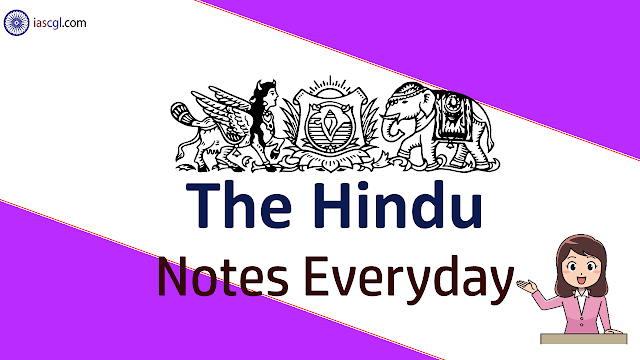Read The Hindu Notes of 15th October 2018 for UPSC Civil Service Examination, State Civil Service Examination and other competitive Examination

- A question of writ
- Setting a proper diet plan
- The gold standard for a Prime Minister
- Bittersweet judgment
A question of writ
The Sabarimala and Asia Bibi cases put the spotlight on how institutions adhere to constitutional principles
The Sabarimala judgment
Asia Bibi case
The thread
Setting a proper diet plan
To tackle malnutrition, food prices must be regulated and the PDS strengthened in both developed and poor States
Major challenges
Agriculture v. hunger
The way forward
The gold standard for a Prime Minister
Jawaharlal Nehru’s greatness is that the nation often misses his empathy, intellect and competence
The three virtues of a leader
Extrovert and introvert
Bittersweet judgment
The U.K. Supreme Court has made the mistake of conflating speech with conduct in the gay marriage cake case
The case at hand
Contours of the freedom of speech

0Comments